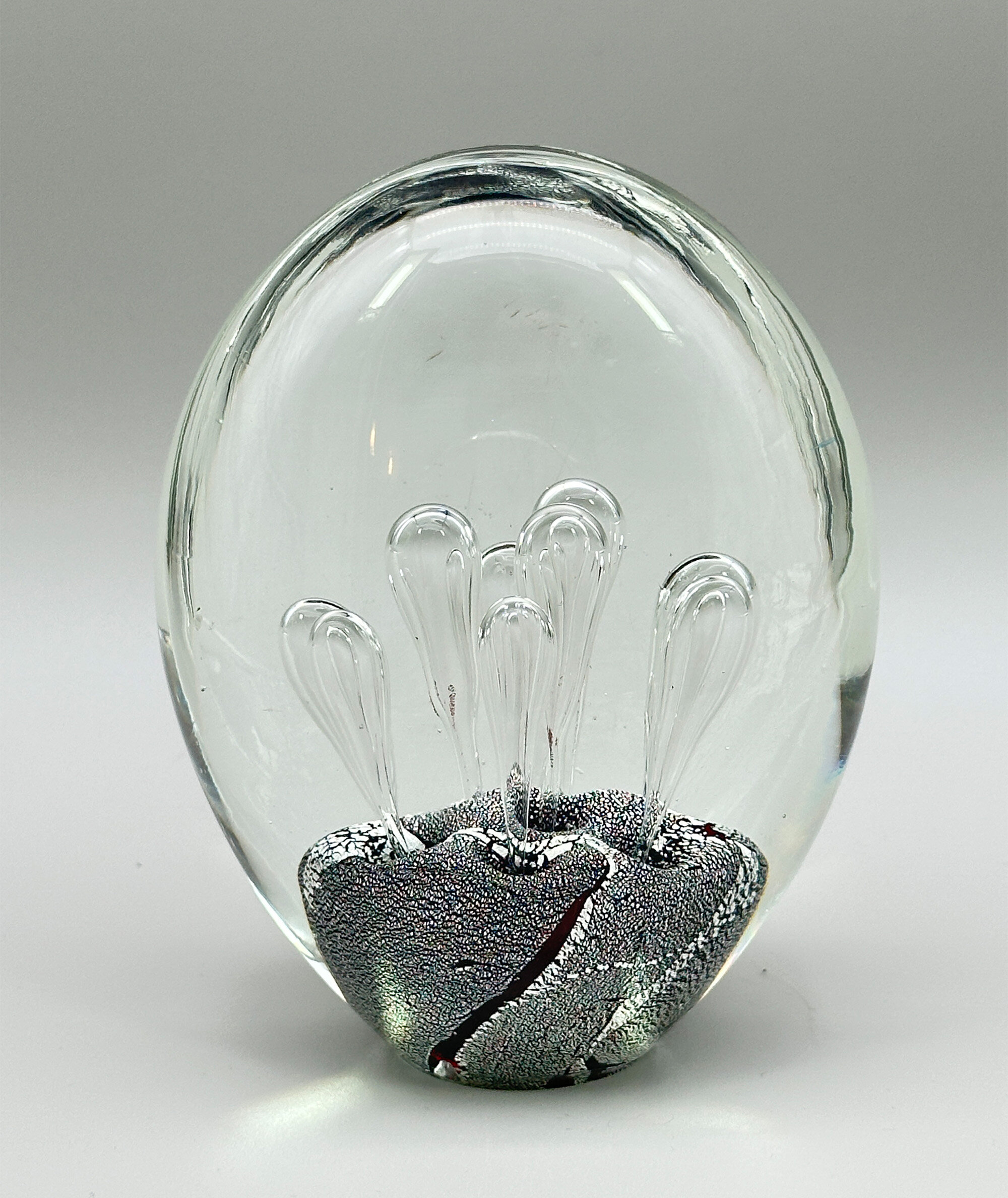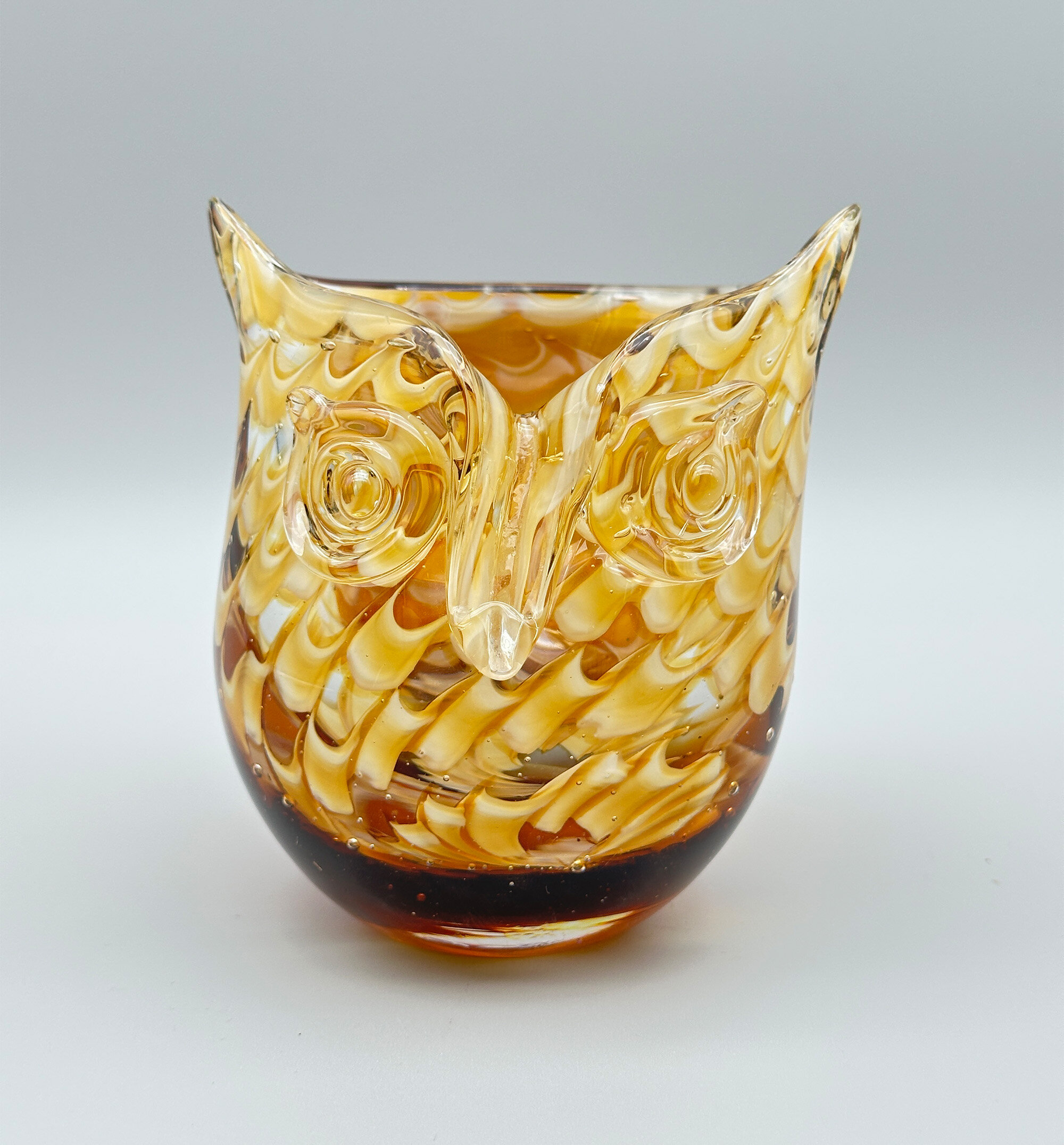
LOT 16
Owl glass Vase, Italian probably Murano, second half C20th
Estimate: £30 – 40
1d 10h 23m
£0.00
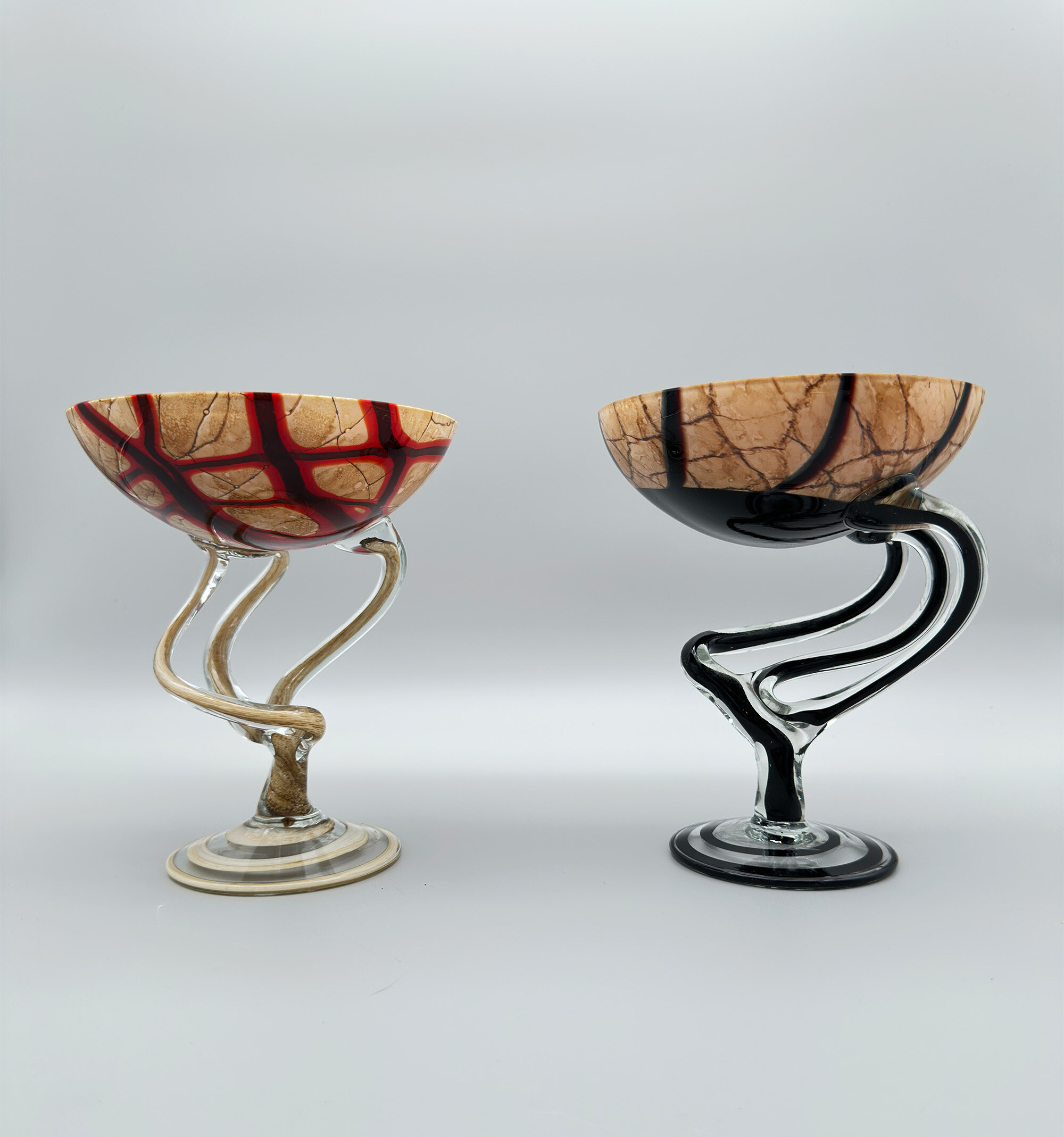
LOT 17
Two art glass pedestal Bowls, Jozephina Glassworks, Krosno, Polish c1980
Estimate: £60 – 80
1d 10h 25m
£0.00
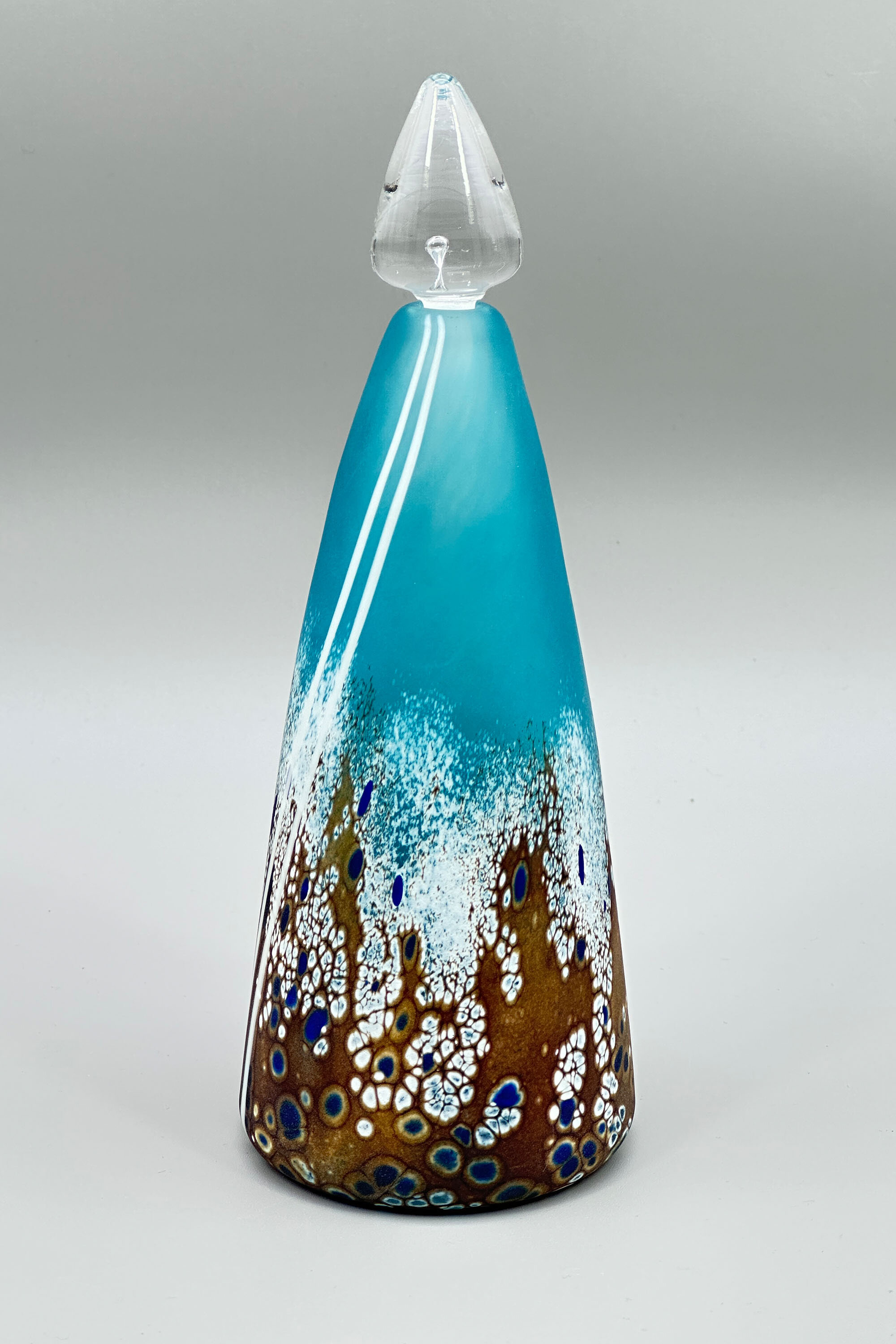
An art glass Perfume Bottle and Stopper, Martin Andrews Glass, C21st
Price: £75
A perfume bottle and stopper, the body of slender conical form with a short slender conical stopper, the glass with mottled and bead cluster effects in blues on a brown ground towards the base blending into clear blue glass above, the whole with two double swirling white stripes, the stopper in clear glass with a small interior bubble. This piece comes from the ‘beach’ range produced by Martin Andrews glass in recent years. A selection of these pieces including a perfume bottle which is nearly identical can be seen in image 10 which is taken from a 2016 Facebook page from the studio.
Martin Andrews (see image 9) graduated from West Surrey College of Art and Design with a BA (hons) Glass in 1991. Following this he was based in London until 2000 when he then launched his current workshop at the Ruskin Glass Centre in Stourbridge. His work often draws on the earth's natural forms and patterns and his ‘beach’ range is a prime example of this. Most of his pieces are signed, but this bottle is not, perhaps because of its size, but its inclusion in the studio’s inventory makes its provenance beyond doubt.
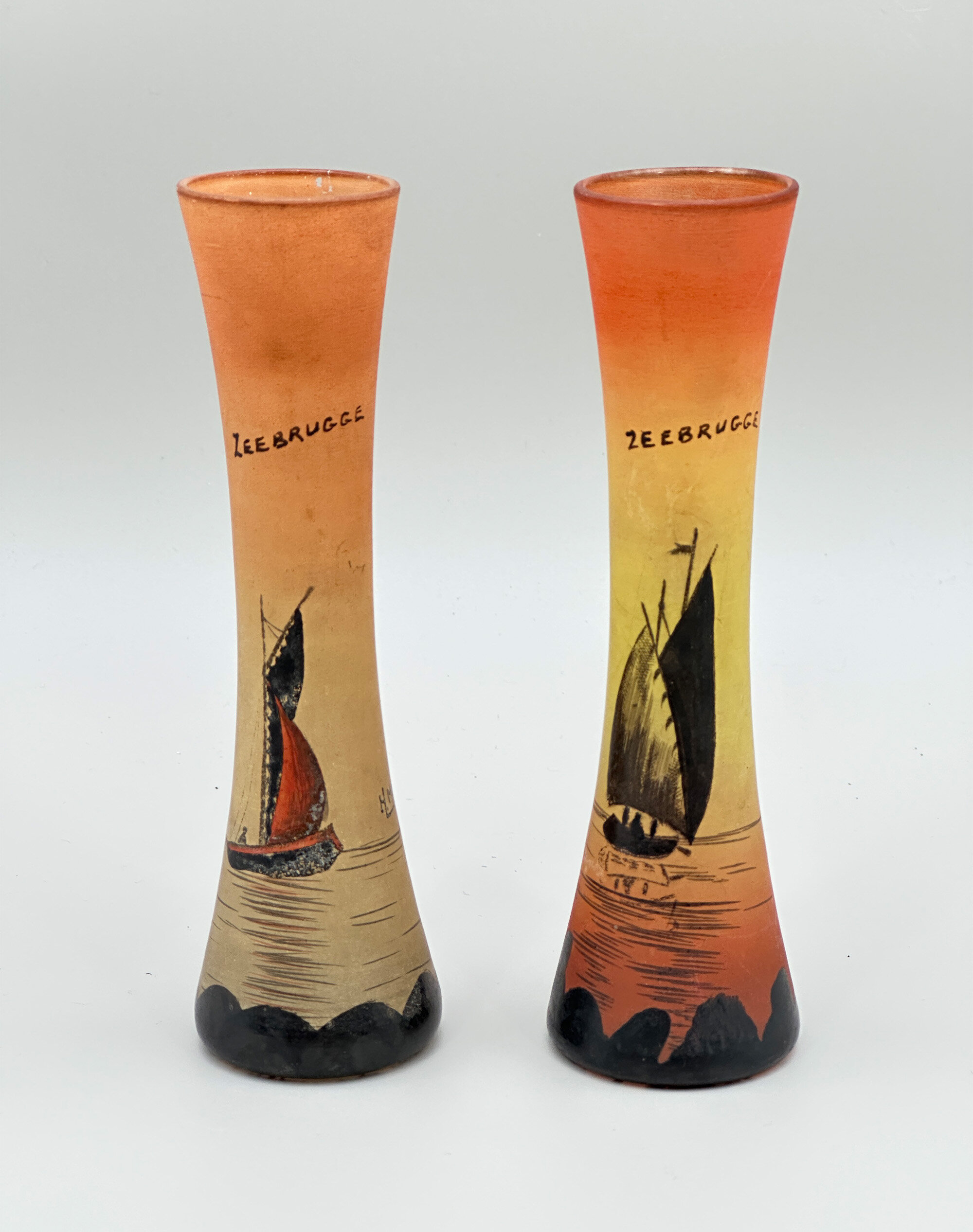
LOT 18
Two satin glass Vases inscribed Zeebruge and signed H.Martin, Belgium, first half C20th
Estimate: £20 – 30
1d 10h 27m
£0.00
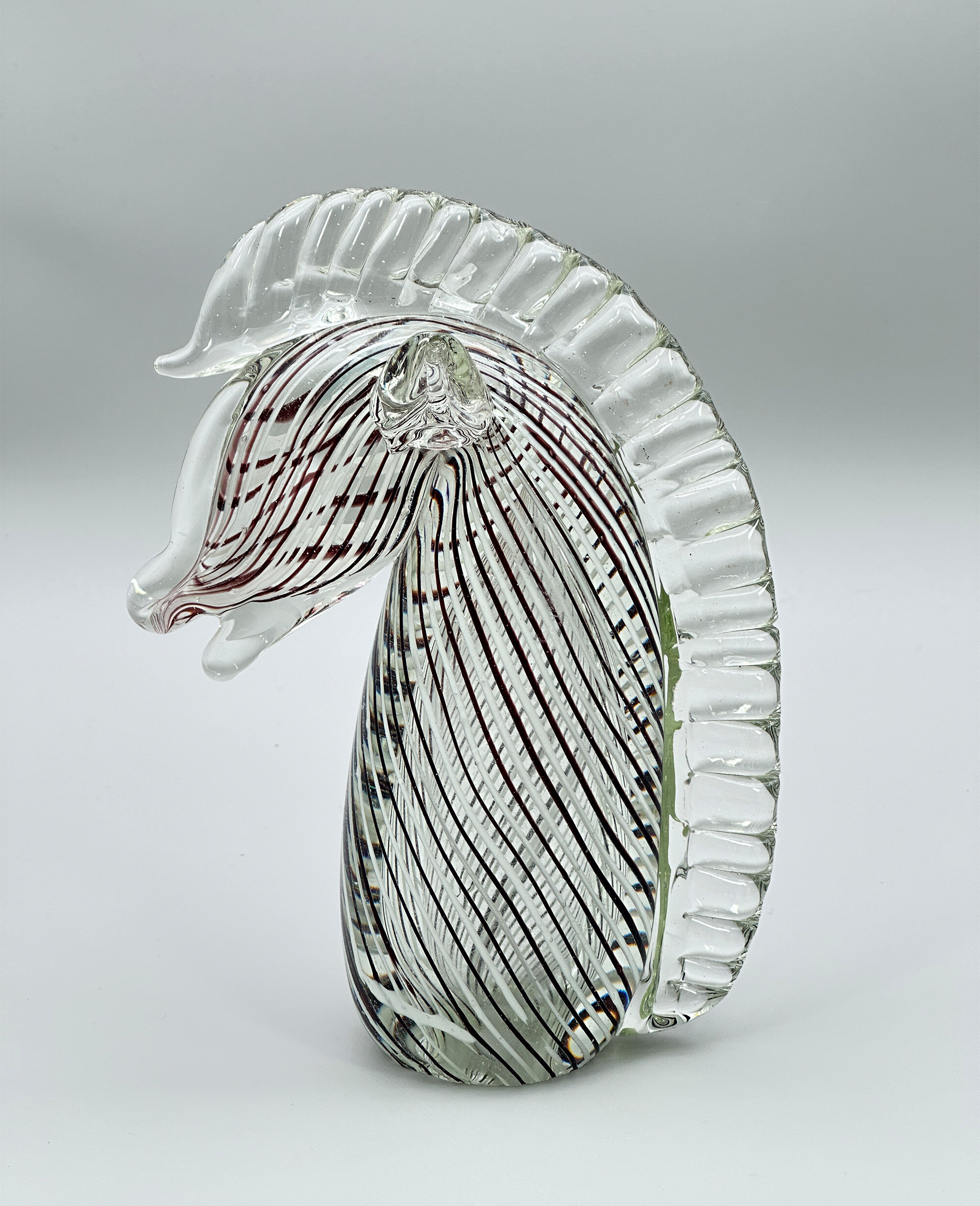
LOT 19
Glass figure of the head of a Sea Horse Head, Murano style, second half C20th
Estimate: £40 – 60
1d 10h 29m
£0.00
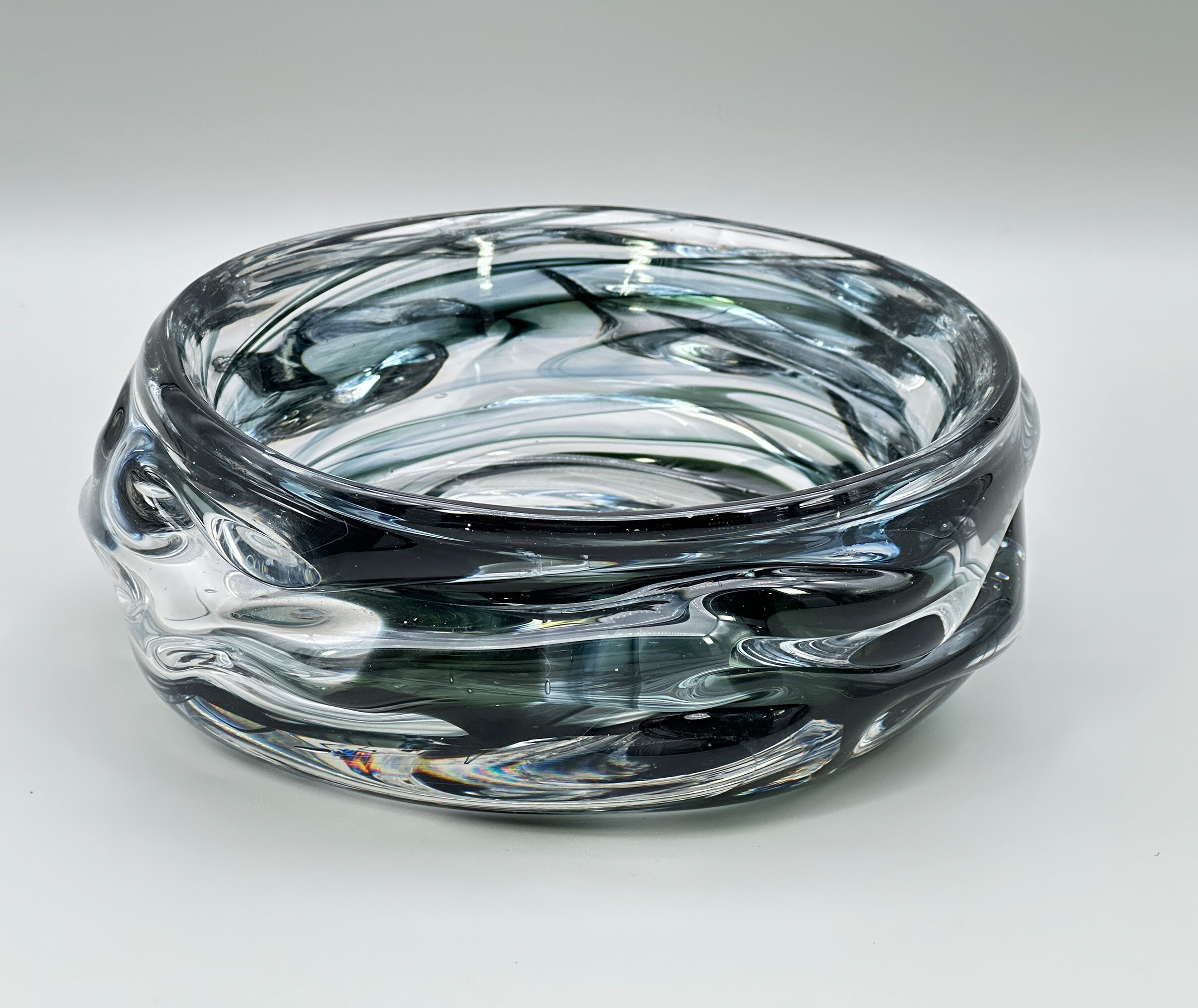
LOT 25
A streaky dark grey/green and clear glass knobbly bowl, Whitefriars, 1960s/1970s
Estimate: £30 – 40
1d 10h 41m
£20.00
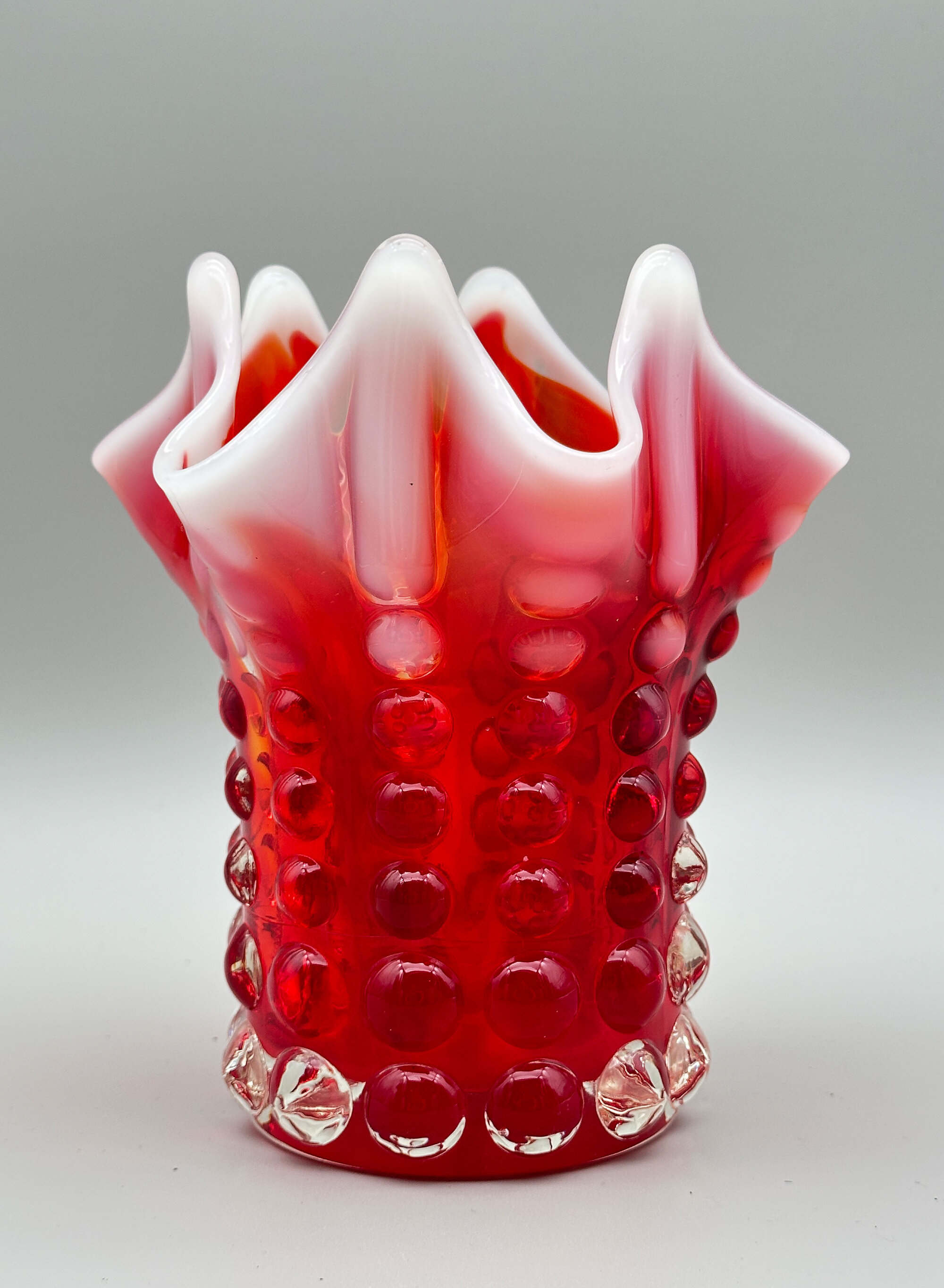
LOT 21
Cranberry hobnail glass Vase, Fenton Art Glass USA, mid C20th
Estimate: £30 – 40
1d 10h 33m
£0.00
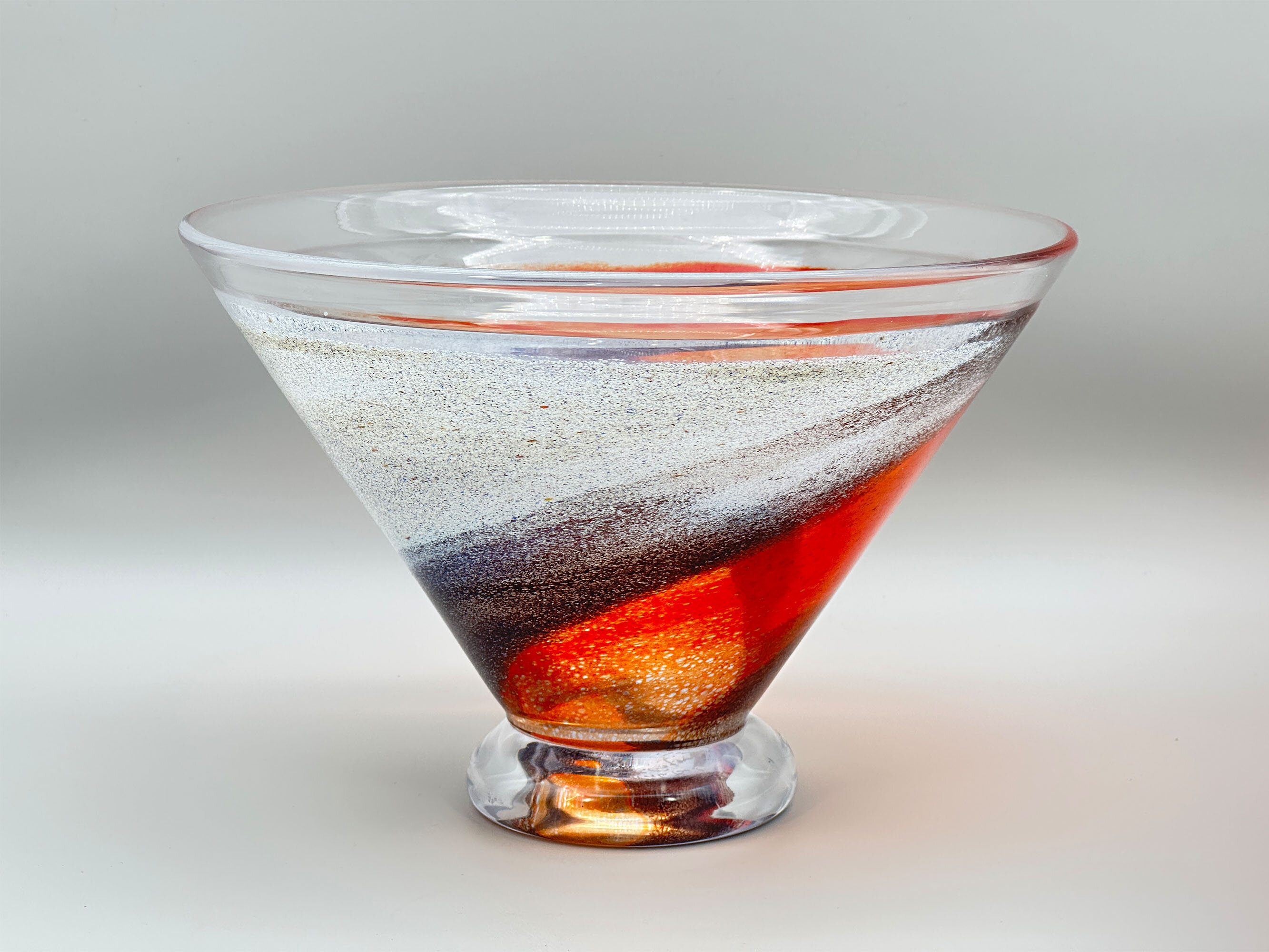
LOT 28
Twister glass Bowl, Kjell Engman for Kosta Boda, signed and with label, late C20th
Estimate: £100 – 150
1d 10h 47m
£65.00
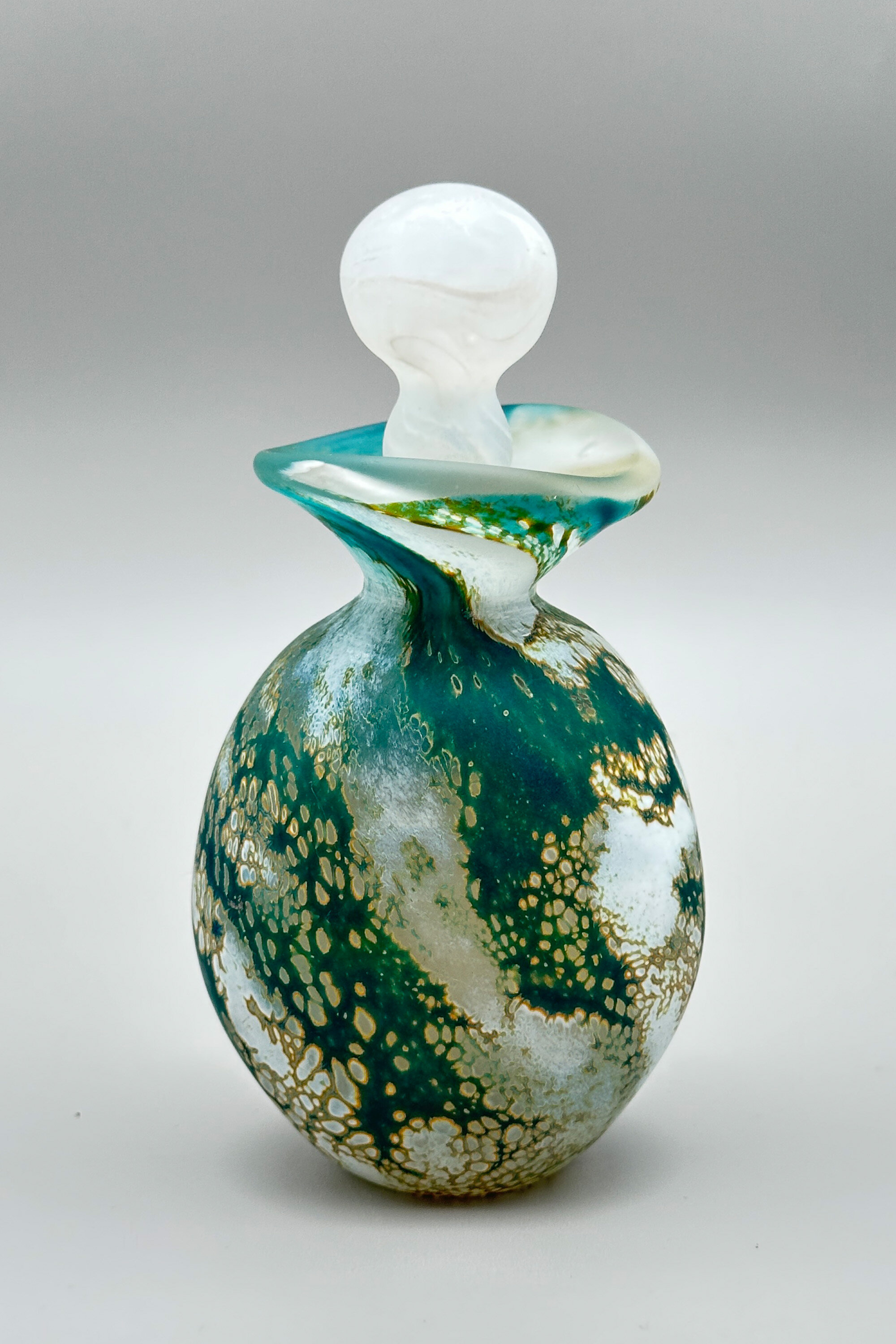
LOT 23
Wylde Green Perfume Bottle, Lesley Ann Clarke Glass, signed and dated 2019
Estimate: £40 – 60
1d 10h 37m
£26.00
